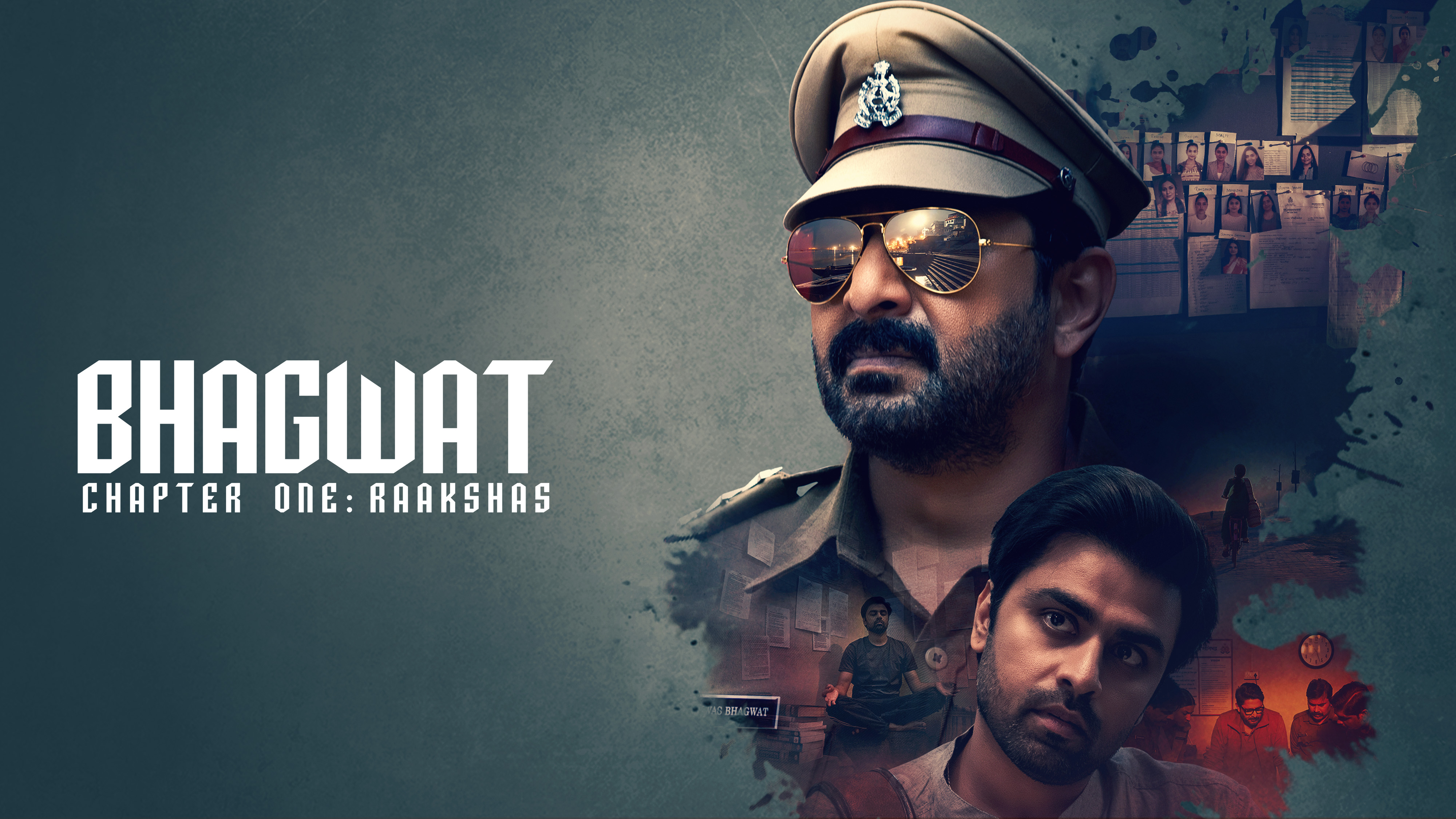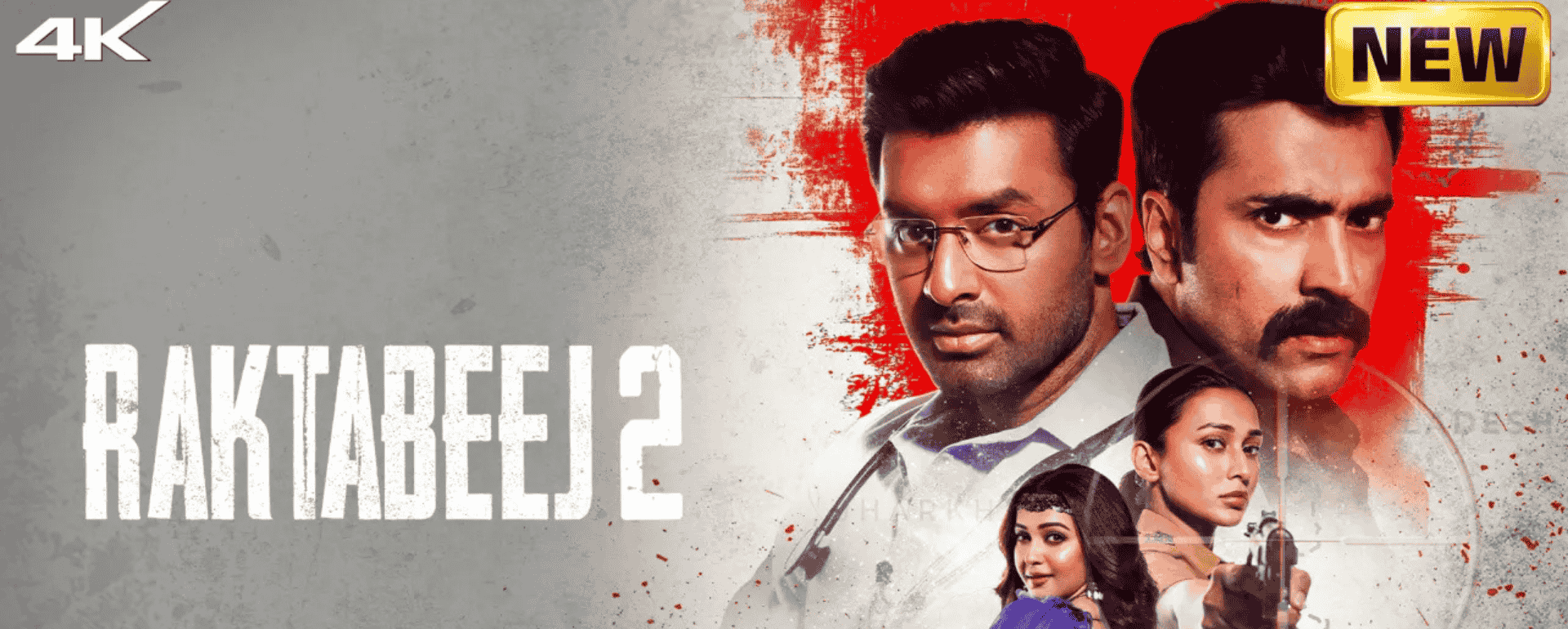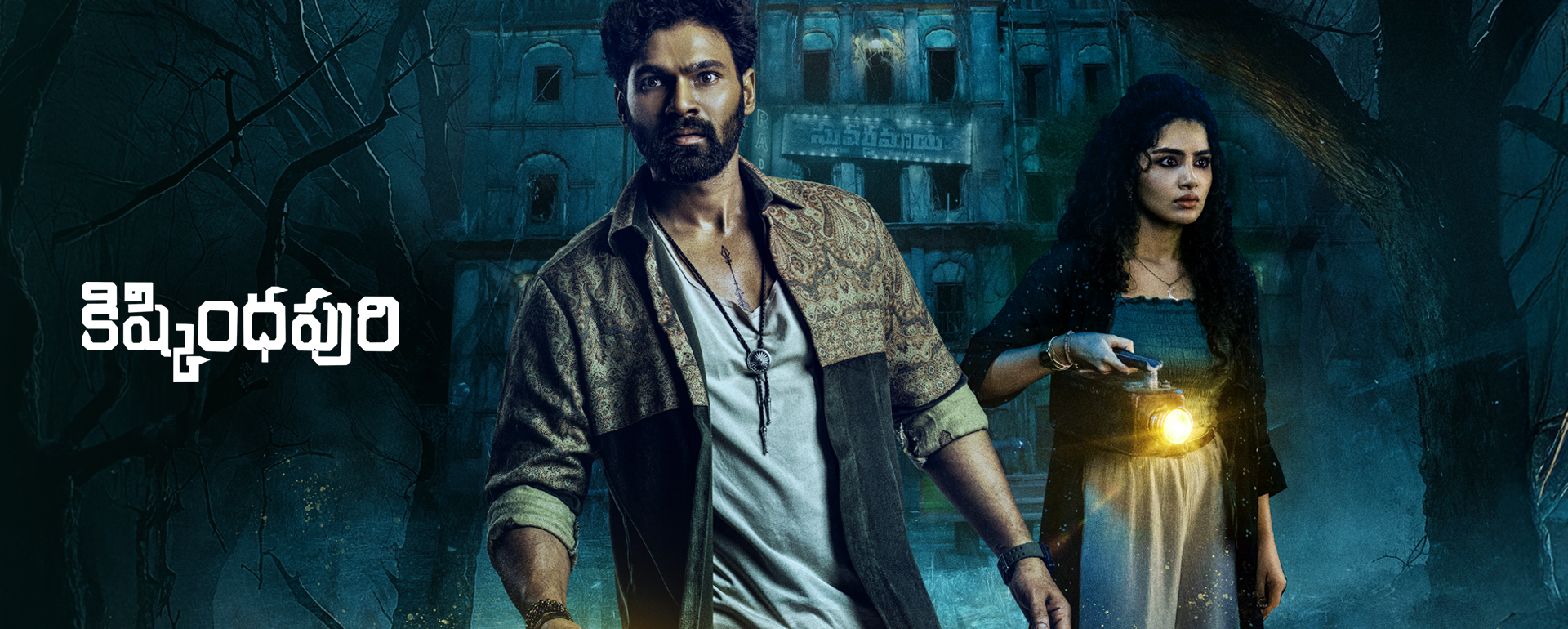You don’t need a dossier to follow Bhagwat: Chapter One: Raakshas. The Bhagwat plot is built the old-fashioned way: problem, pursuit, consequence. It’s a Hindi crime story with action teeth and thriller pacing, where each choice pushes the next scene rather than decorating it.
Prefer a genre lane to warm up? Skim our Hindi thriller movies rail, then settle into Bhagwat: Chapter One: Raakshas—the film this weekend is likely to spark the longest post-credit chat.
The core premise
The Bhagwat plot starts with a clean jolt: a violent act that isn’t random, and a trail that refuses to stay cold. The thriller film frames one city space like a chessboard—corners, corridors, choke points—and drops its leads into the middle. Procedure gives way to judgment quickly; the case moves because someone decides, not because the screenplay says so.
The lead pair as the film’s compass
Arshad Warsi plays against noise. He carries weight without speeches, letting pauses and small pivots do the heavy lifting. Jitendra Kumar plays the foil who watches twice and speaks once. Ayesha Kaduskar is the main key to keeping the plot moving forward. Together, they keep the Bhagwat plot honest: you can feel when a line of inquiry is real progress and when it’s a stall. Their scenes are built on eye contact and timing, not catchphrases.
How the story moves
Each act answers one question and asks a sharper one. You get:
-
A motive that makes sense—and then a motive that hurts more.
-
A chase that looks clean—and then a corner that complicates it.
-
An ally who helps—and a cost for that help.
-
Nothing cheats. When the film turns, it turns on information you already had, which is why the clicks feel earned.
Tone and texture
The Bhagwat plot prefers cause-and-effect tension over loud twists. When violence arrives, it is quick and close; when the camera steps back, it’s to show consequence, not carnage. Sound sits inside the world—traffic, doors, breath. The score of this crime movie comes in late, used like a nudge rather than a crutch. The look is functional: city light, hard shadows, rooms that feel used.
What “Chapter One” really signals
You finish a story tonight. You also meet rules, names, and a moral line that this action film will test later. “Raakshas” is not a mask for a jump-scare; it’s a word the Bhagwat plot uses to ask what turns a person into something other people fear. That question isn’t parked for a sequel; it’s alive inside this case.
Character work that sticks
-
People are allowed to be more than their job title. A contact who sells information has a private rule he won’t break. A superior who pushes the case also shields one corner for a reason that’s never shouted.
-
The film doesn’t punish quietly. Several key beats land in silence—two characters still, a choice being weighed. You see the choice before it’s spoken.
-
Anger is rational. When it comes, it changes direction, not volume.
Set-pieces that serve the story
There are sequences you’ll talk about: a cramped interior where distance shrinks to inches; a street run where the city turns into an obstacle course; a final stretch where timing is the only currency left. Each is born from the Bhagwat plot, not pasted on top of it, which is why they land.
Themes, kept practical
-
Power or price: how much you chase a perfect clean result, and what your chase breaks.
-
Facts or tales: what crowds hear versus what insiders know.
-
Faithful or right: the choice crime movies make, and this movie refuses while it tells no sermon.
How to watch the plot click into place
Give it one full sitting. Note the first scene that changes your mind about a character; the film uses those pivots to reset your bearings. Track one detail—time stamps, distances, or who reached where first—and see how the finale pays it back. The Bhagwat plot is fair; a second viewing will confirm it.
Cast notes (kept to what you’ll actually feel on screen)
-
Arshad Warsi: steady temperature, even in hard scenes.
-
Jitendra Kumar: deliberate pacing, sharp read on when to hold back.
Their contrast is the engine. It stops the Bhagwat plot from leaning on dialogue when a look will do.
Final word
The Bhagwat plot gives you a case you can hold in your head, leads you through choices that cost, and closes the door with enough left unsaid to justify “Chapter One.” Watch it as a crime film first; the action will arrive when it has to. Then talk about the decisions, not just the outcome. That’s where this Hindi movie earns its keep.
Bio of Author: Gayatri Tiwari is an experienced digital strategist and entertainment writer, bringing 20+ years of content expertise to one of India’s largest OTT platforms. She blends industry insight with a passion for cinema to deliver engaging, trustworthy perspectives on movies, TV shows and web series.




